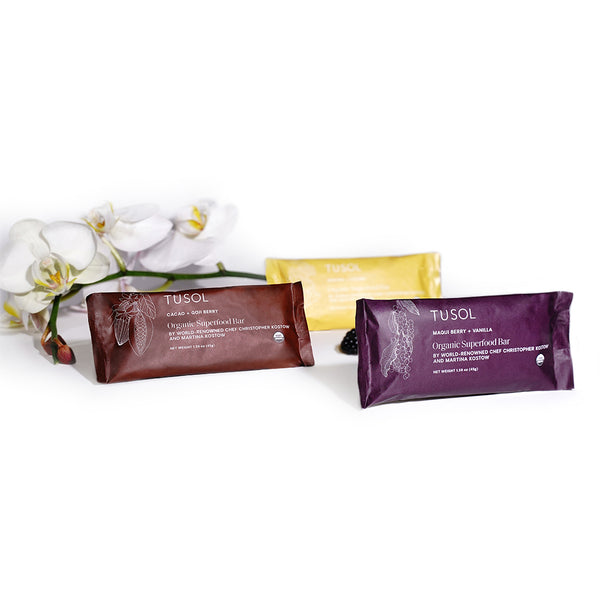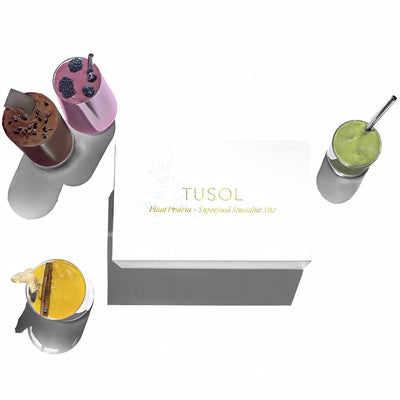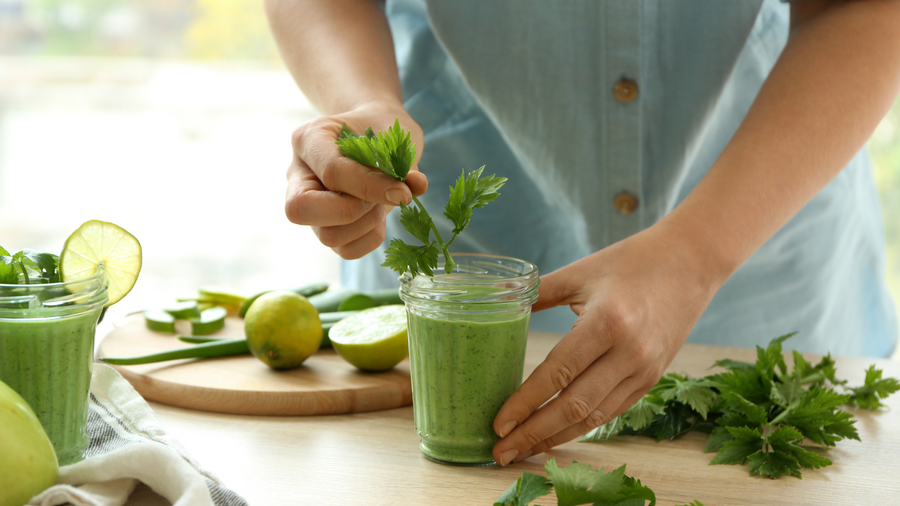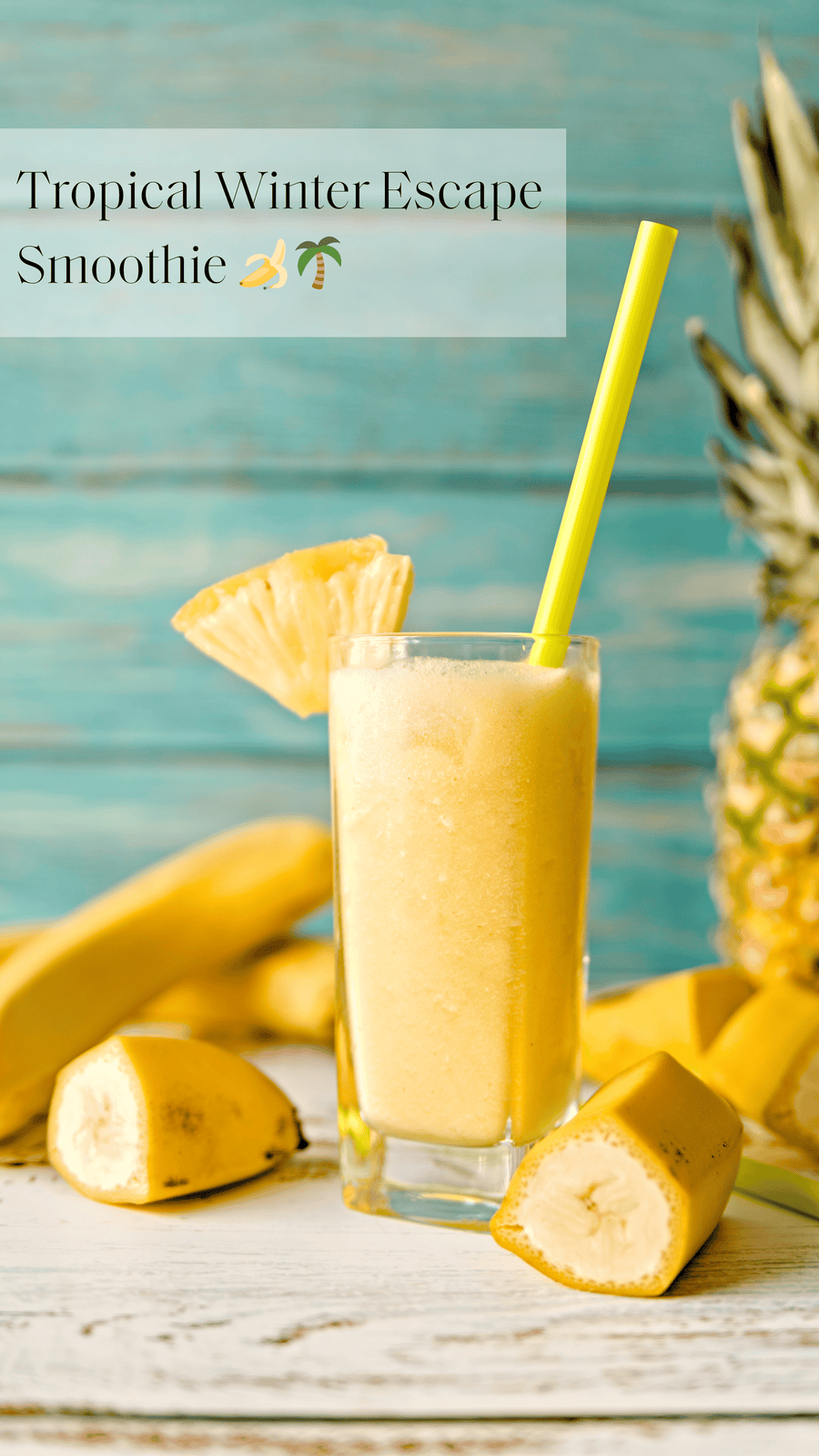Packed with many health benefits, baobab has been used for centuries in food, drink, and medicines. This nutrient-dense fruit contains vitamins and minerals essential to good health [1]. So, in this article, we explore the benefits of Baobab and how we can get the most out of it.
What is a Baobab?
Baobab is a fruit produced by baobab trees. The latter, also known by their scientific name Adansonia, are native to areas of Africa, Australia, and Arabia. It is the biggest and longest-living flowering tree [2] that can grow up to 98 feet tall and live up to 3,000 years. It is dubbed Africa’s “tree of life” because of the succulent-like characteristics of baobab trees.
But more than their magnificent life span and gigantic features, baobab has many nutritional values, just like other plant foods that are also superfoods like goji berries and açai berries.
In the U.S., baobab is often consumed as a powder. But you can also find it in other formats like oil, harvested pulp, and supplements.
There's more to a Baobab tree
Baobab tree as a whole is interesting enough. But let's dissect the tree to learn more about the mainly used parts of this plant.
Baobab fruitDid you know that baobab is the only fruit that dries naturally while still on the tree? Yes, fruit stays on the branch for about six months, turning the coating into a coconut-like shell and drying the pulp completely.
And when you crack it open, you'll get crumbly creamed-colored pulp that has no moisture at all. It has a tangy, tropical flavor that makes it an excellent addition to smoothies and yogurt. Interestingly, baobab has a shelf life of up to 3 years, so no preservatives or additives are needed.
Baobab fruit pulpAccording to research, the nutritional content of baobabs varies depending on the geographical location where it was grown and the different parts of the plant.
In this case, the naturally dry fruit pulp is high in vitamin C, which aids in reducing inflammation and helps in glowing skin. The fruit pulp is also rich in calcium, potassium, and dietary fiber [3].
And because baobab fruit pulp contains a high amount of vitamin C, which is said to have 10 times that of oranges, baobab helps increase iron absorption in our body.
Baobab leavesResearch has found that baobab leaves contain high-quality proteins [4] good for digestive and gut health.
It also contains calcium, iron, potassium, magnesium, manganese, molybdenum, phosphorus, and zinc.
Baobab seeds
Even baobab seeds have properties that are beneficial to us.
Baobab extract or baobab oil contains essential nutrients good for the human body, like vitamin D and a great source of energy including structural proteins and fat [5].
Is it okay to use Baobab powder instead?
Okay, now that you're excited about the many health benefits baobab offers. The problem is you can't get baobab fruit yourself. So, is it okay to use baobab powder instead?
Definitely!
But first, where does baobab fruit powder come from?
Baobab powder comes from the fruit of the baobab tree. And because baobab dries naturally, it doesn't need to be spray- or freeze-dried. This means you get the powder without any processing, unlike many other supplements.
Fewer nutrients are lost in the process of making baobab powder!
How often can you take baobab powder?
The recommended frequency of use for powdered baobab is 1 to 2 tablespoons a day. But one will do! Because just one tablespoon contains essential nutrients as much as fresh baobab fruit.
You can take it in the morning or night, whichever you prefer.
The many health benefits of Baobab fruit and powder
Aids healthy weight managementIf you're looking to drop some weight, baobab might help.
In a study conducted in 2017, it was found that taking15 grams of baobab extract could make a person feel less hungry—which means it helps you eat less [6].
Baobab fruit powders also contain both soluble fibers and dietary fiber. It aids in slow digestion, so you feel full for a longer time. The fruit and powder also contain high nutrients that improve various metabolic parameters and could aid weight loss [7].
Some findings prove baobab fruit reduces starch digestion.
Rich source of antioxidantsBaobab is a rich source of antioxidant and polyphenol properties [8] that protect you from oxidative damage and help you manage inflammation.
We can't simply ignore that because some studies link chronic inflammation to the causes and advances of other health conditions like heart disease, cancer, autoimmune disorders, and diabetes [9].
Numerous animal research studies have suggested the potential of the baobab fruit pulp and bark in reducing inflammation.
Antioxidants have many beauty benefits, including glowing skin and reducing fine lines and wrinkles.
Keeps bowels healthyIt would help if you had a tablespoon of baobab powder to maintain your digestive system and keep it healthy.
Baobab has high fiber content, and by taking a tablespoon of baobab fruit powder every day; you are already helping your digestive health. A full spoon of baobab powder already contains up to 18% of the recommended daily fiber intake, which helps you avoid digestive problems [10].
Some studies also suggest that increasing your fiber intake can prevent you from getting intestinal ulcers, inflammatory bowel disease, and hemorrhoids.
Control blood glucose levelsWhen you have diabetes, your body struggles to control blood sugar levels. And it's worse if you regularly have a high blood sugar level for a long time because it can permanently damage parts of your body such as the eyes and nerves.
You can avoid this by controlling your diet and by taking baobab powder, which helps maintain blood sugar levels.
A 2013 study showed that baobab fruit could reduce glycemic response [7]. That means it could slow down the release of fruit sugars into the bloodstream.
Promotes a healthy immune systemOne of the top health benefits of baobab fruit is its ability to help you keep your immune system strong. How?
70% of our immune system is located in the gut. That said, microbiota balance is essential for a healthy immune system [11]. And baobab contains prebiotic fiber that helps balance microbiota in the gut.
Start including baobab in your diet
Baobab is an ancient food with a wide range of health benefits. It's packed with many essential nutrients that our bodies need.
So why not enjoy its delicious citrus flavor while reaping its nutritional benefits?
And with more research and the help of a nutritional therapist, you can include baobab in simple recipes like granola bars and fruit juices – and find it in our TUSOL Rejuvenate Smoothie Blend.
References:
- Anderson, L. (2022, March). Baobab: A super fruit? https://www.canr.msu.edu/news/baobab_a_super_fruit
- Giant African baobab trees die suddenly after thousands of years. (2018, June) https://www.theguardian.com/world/2018/jun/11/giant-african-baobab-trees-die-suddenly-after-thousands-of-years#:~:text=The%20baobab%20is%20the%20biggest,to%20which%20it%20was%20introduced.
- Muthai, K., Karori S., Muchugi, A., Indieka, A., Dembele, C., Mng'omba, S., & Jamnadass, R. (2017, November). Nutritional variation in baobab (Adansonia digitata L.) fruit pulp and seeds based on Africa geographical regions. https://www.ncbi.nlm.nih.gov/pmc/articles/PMC5694876/
- Yazzie, Delvin, VanderJagt, Dorothy J., Pastuszyn Andrzej, Okolo, Angela, Glew, Robert H. (1994, September). The Amino Acid and Mineral Content of Baobab (Adansonia digitata L.) Leaves. https://www.sciencedirect.com/science/article/abs/pii/S0889157584710180#:~:text=In%20the%20present%20report%2C%20we,cysteine%20%2B%20methionine%20(4.8%25)%2C
- Osman, M., (2004, January). Chemical and Nutrient Analysis of Baobab (Adansonia digitata) Fruit and Seed Protein Solubility. https://link.springer.com/article/10.1007/s11130-004-0034-1
- Garvey, R., Clegg, M., Coe, S. (2017, April). The acute effects of baobab fruit ( Adansonia digitata) on satiety in healthy adults. https://pubmed.ncbi.nlm.nih.gov/28413912/
- Coe, S., Clegg, M., Armengol, M., Ryan, L. (2013, September). The polyphenol-rich baobab fruit (Adansonia digitata L.) reduces starch digestion and glycemic response in humans. https://pubmed.ncbi.nlm.nih.gov/24176228/#:~:text=Based%20on%20previous%20research%2C%20it,diet%2Dinduced%20thermogenesis%20in%20humans.
- Li, X., Sun, J., Shi, H., Yu, L.,. Ridge, C., Mazzola, E., Okunji, C., Iwu, M., Michel, T., Chena, P. (2017, June). Profiling Hydroxycinnamic Acid Glycosides, Iridoid Glycosides, and Phenylethanoid Glycosides in Baobab Fruit Pulp (Adansonia digitata). https://www.ncbi.nlm.nih.gov/pmc/articles/PMC5555379/#R15
- Hunter, P. (2012, November). The inflammation theory of disease. https://www.ncbi.nlm.nih.gov/pmc/articles/PMC3492709/
- S. Department of Agriculture. https://fdc.nal.usda.gov/fdc-app.html#/
- Wu, J., Wu, E. (2012, January). The role of gut microbiota in immune homeostasis and autoimmunity. https://www.ncbi.nlm.nih.gov/pmc/articles/PMC3337124/#:~:text=The%20gut%20microbiota%20that%20resides,dysregulation%2C%20leading%20to%20autoimmune%20disorders2709/














